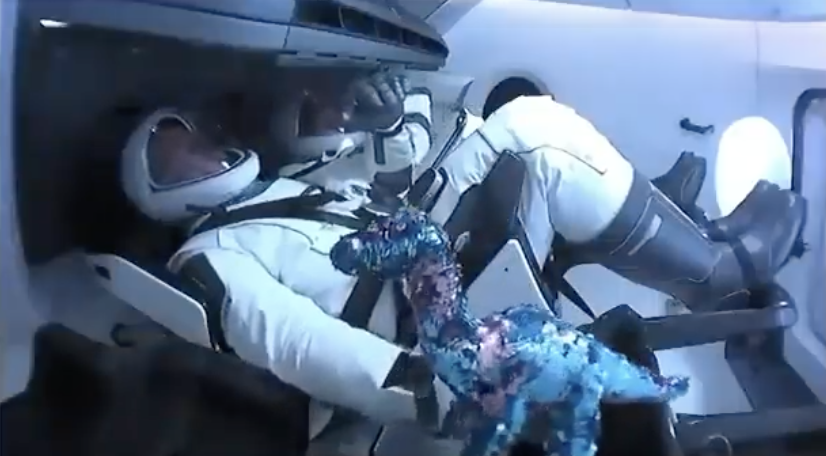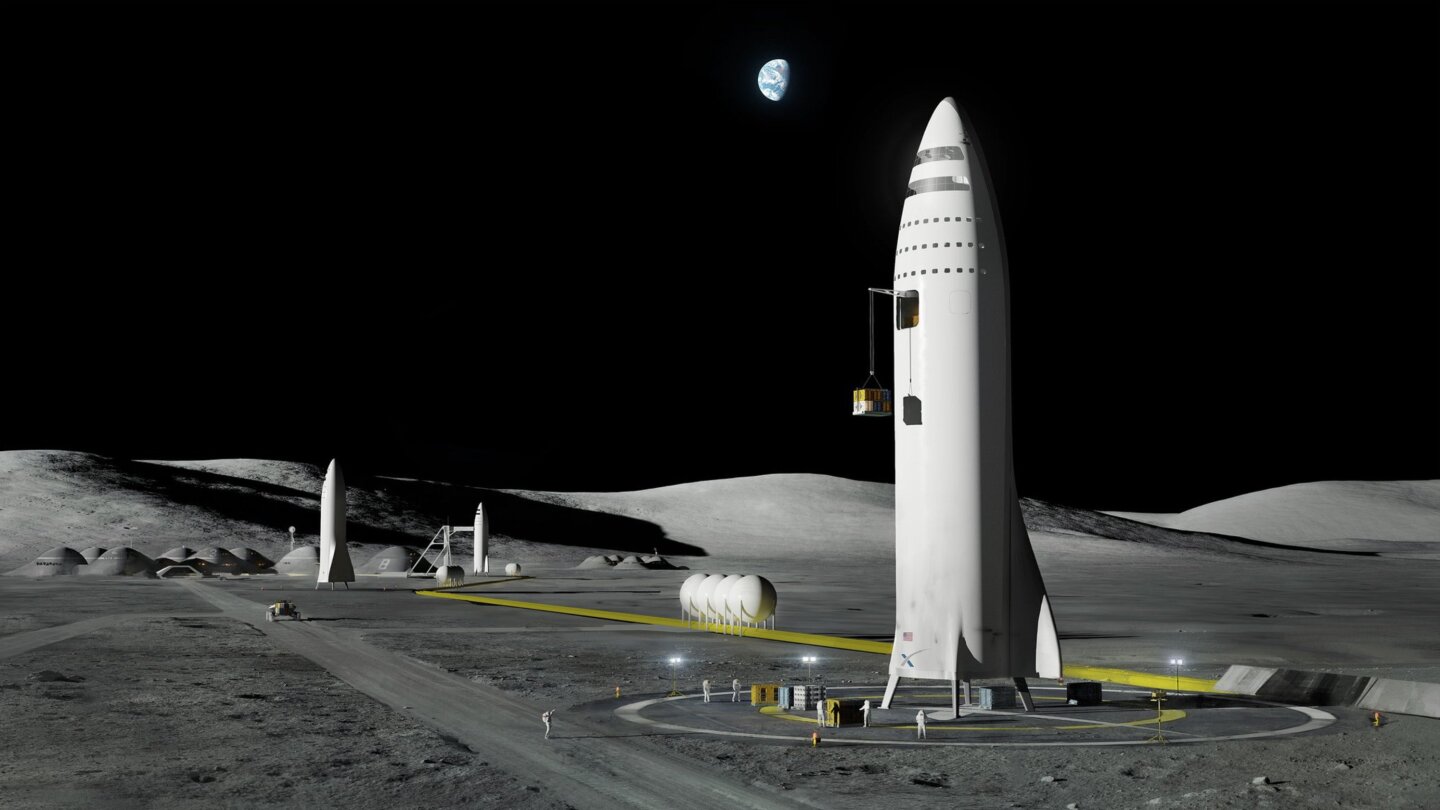This is something that will have to be dealt with, because sooner or later people will be truly living in space. And people will want their pets with them. What pets work in zero-g? Dogs seem wholly wrong... even if they can adjust psychologically, they're just physically unable to deal with zero-g. Same with goats, sheep, pigs. They'd just bounce sadly. Monkeys on the other hand should be able to get around as effectively as humans, if not more so. Cats? I expect (or perhaps "hope") that they'd finally get over the "falling freakout." And if the inside of the capsule or hab is covered in something akin to burlap, kittyclaws should be able to hook in and allow them to hold on and maneuver.
When we will live and work in space, it won't be in zero-g. There are too many physiological problems. The pets will just have to adapt to spin gravity.
It already blew up last week end. I wonder if space launch will ever get to the point of being able to fly in anything but a clear sky. Imagine if the airlines shut down every time there was rain or wind.
F9 is particularly sensitive to weather because it has a too high fineness ratio. This makes wind shear a problem, because the rocket is not very strong against transverse loads, and as it's so long, when it crosses layers of different wind the shear can cause excessive loads.
This is a result of infrastructure limitations: F9 rockets are built in Hawthorne, California, and are then trucked across the country to their texas testing facility, and from there to the launchpad. The diameter of the rocket is exactly as large as it can be and still make that road transport. The original F9 was designed to be a reasonably proportioned rocket at that diameter, but as SpaceX refined the engines to be more powerful, they kept lengthening the rocket until it's now far too tall and narrow for it's own good.
Starship/SH sheds this limitation as they have given up on road transport of finished rockets, and are planning all their production facilities at either the launchpad or at ports. The current Starship/Super Heavy design should be able to take off any basically any weather where any airliner can, and given how they are not married to a specific diameter anymore, there's no reason they would sacrifice this capability.





